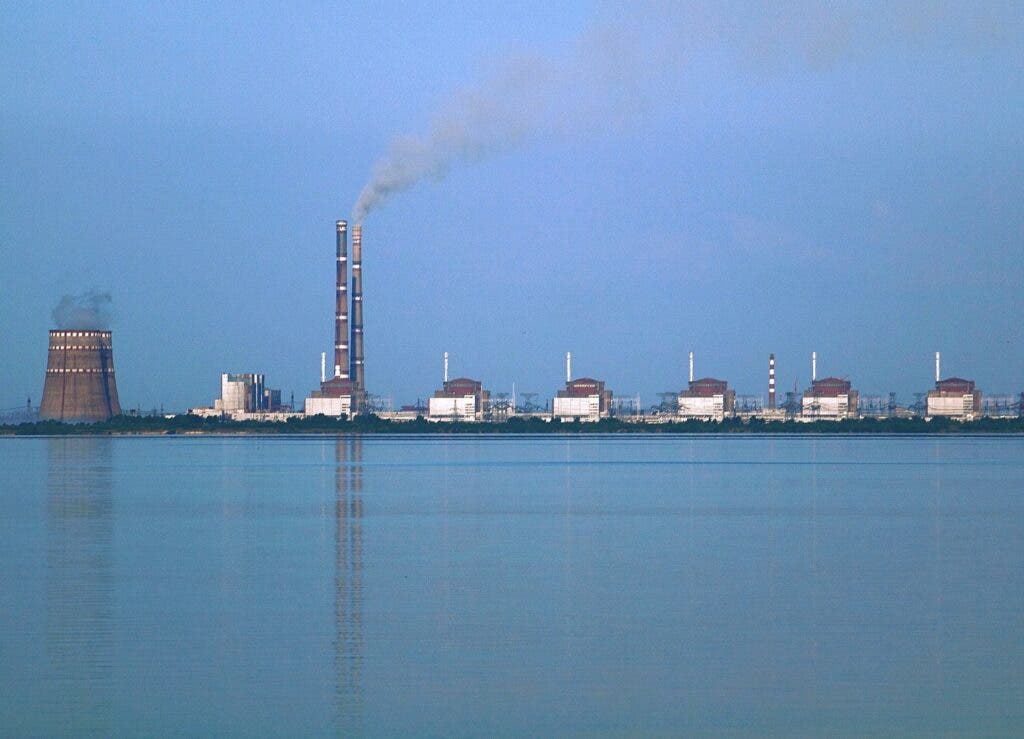The Zaporizhzhia nuclear power plant in southeast Ukraine was seized by Russian forces amid heavy fighting that caused a huge blaze in a building at the site. Authorities said the fire was extinguished and that the plant was working normally, with no further fighting in the area and Russia still holding control of the plant.

An official at Energoatom, Ukraine’s state company that runs the country’s nuclear plants, told Reuters that the plant was working normally, with personnel on their working stations. However, he added Energoatom lost contact with the plant’s managers and control over the radiation situation after the Russian take-over.
Russia’s Defense Minister also said the nuclear plant was working normally, saying a “monstrous attack” by Ukrainian saboteurs caused the fire. Even with the possibility of a nuclear disaster seemingly averted, Russia’s control on a plant that provides over a fifth of Ukraine’s electricity was a big development after nine days of the invasion.
The attack on the plant came as Russia continued its attack on the city of Zaporizhzhia and gained ground in their objective to cut off Ukraine from the sea. Leader nuclear authorities were concerned about potential damage to the nuclear station, triggering calls between Ukrainian President Volodymyr Zelensky and US President Joe Biden.
⚡️⚡️⚡️Surveillance cameras captured moments of the shelling of the #Zaporizhzhia NPP pic.twitter.com/ZNLX4pZeXI
— NEXTA (@nexta_tv) March 4, 2022
“Europeans, please wake up. Tell your politicians – Russian troops are shooting at a nuclear power plant in Ukraine,” Zelensky said in a video address. Meanwhile, UK Prime Minister Boris Johnson called Russia to immediately quit their attack, as the “reckless actions” of President Putin could threaten the safety of all of Europe.
The military administration of Zaporizhzhia said measurements taken on Friday morning showed radiation levels in the region “remain unchanged and don’t endanger the lives and health of the population.” The International Atomic Energy Agency (IAEA) and the American Nuclear Society agreed, saying the fire didn’t affect essential equipment and the situation is stable.
The head of IAEA, Rafael Grossi, said the Russian attacks compromised the security of the plant and that the world was lucky no radiation was released. He said the situation was fragile and unstable and that he was in constant communication with Ukrainian authorities, leaving the door open to travel soon to Ukraine to follow the latest developments.
A massive nuclear plant
Built between 1984 and 1995, the Zaporizhzhia nuclear power plant is the largest one in Europe and the ninth-largest in the world. It has six reactors with a total output of 5,700MW, which is enough to power roughly four million homes. In normal times, Zaporizhzhia produces half the energy generated by Ukraine’s nuclear power plants.
The plant is on the banks of the Kakhovka Reservoir on the Dnieper River, about 550 kilometers southeast of Kyiv. The first report of a fire came from an employee at the plant, who posted on Telegram that there was “a real threat of nuclear danger.” Ukraine’s Foreign minister confirmed this, saying the fire had broken out in the plant.
A short time later, the Ukrainian emergency services said radiation levels were “within normal limits” and that the fire happened in a building outside the power plant. Early reports of the incident affected financial markets in Asia, with oil prices surging further. Ukrainian authorities finally said, “nuclear safety is now guaranteed.”
Thousands are believed to have been killed or wounded and over one million refugees have fled Ukraine since February 24th, when Russian President Vladimir Putin launched the attack. Russian forces moving have sieged Ukrainian cities and attacked them with artillery and airstrikes. The invasion is still unfolding and the situation in Ukraine is critical.


